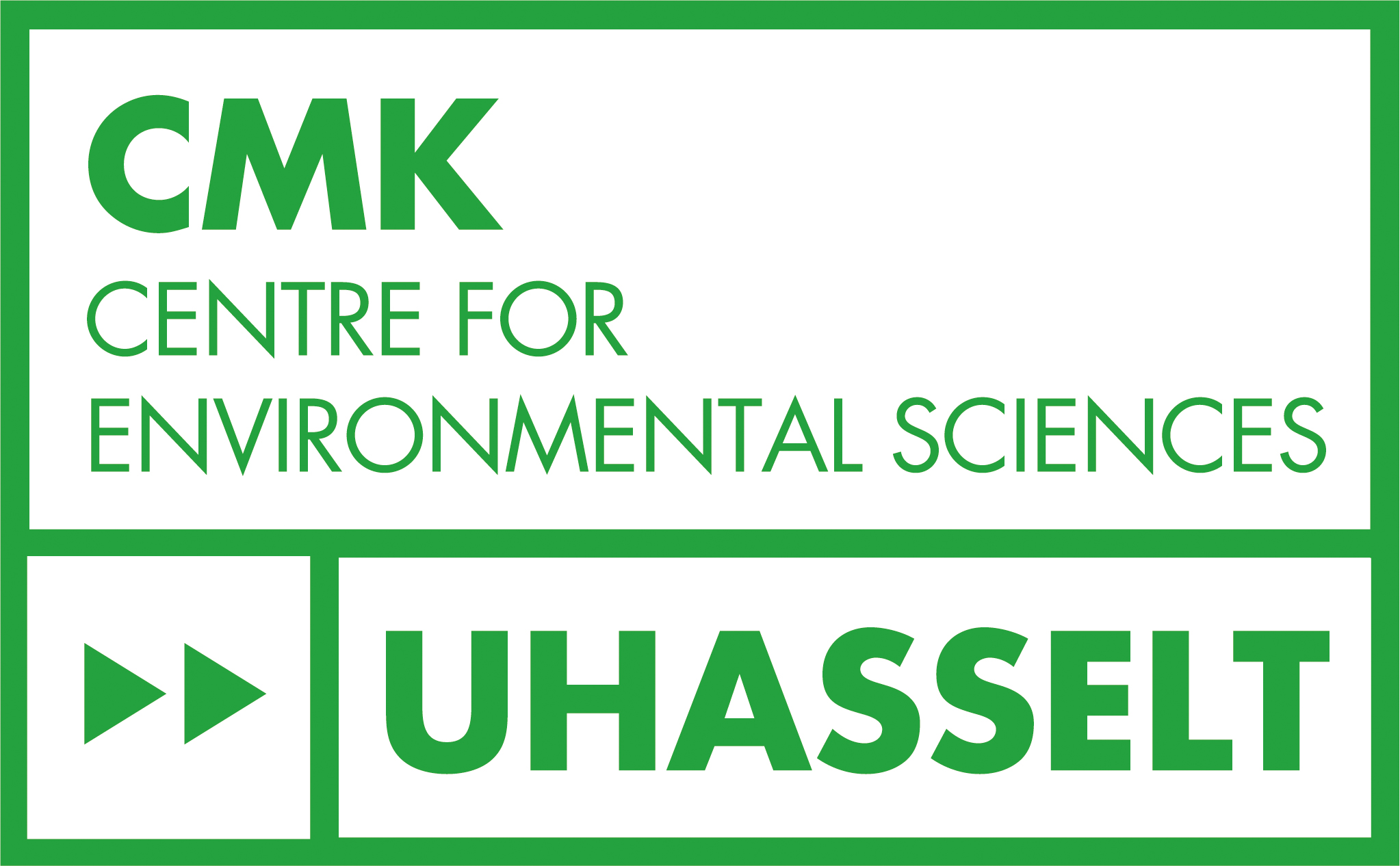Climate scenarios in the Ecotron


Climate projections are simulations of a typical year in the future: this is an interdisciplinary science domain in itself, and is done by the IPCC. This is done by drawing different societal scenarios (world population, reliance on fossil fuels…), from which are calculated the consequences for greenhouse gas emissions. This change in emissions is then translated in a change in worldwide temperature (greenhouse effect, also called radiative forcing). Finally, the influence of this change on global and local weather patterns is estimated using a combination of many meteorological models. The output of this exercise is a model that simulates local weather for a typical year in the future. These are not weather predictions, but climate projections: weather refers to short-term changes in the atmosphere, climate describes what the weather is like over a long period of time in a specific area.
In the Ecotron we use the IPCC climate change scenario RCP 8.5, which is based on a prediction of extreme increase in atmospheric CO2: up to 1000 ppm, which leads to temperature increase of 3.2-5.4°C. In the Ecotron units we project different years of that climate scenario.
Following carbon fate. We utilize isotopically labelled CO2 gas (depleted levels of 13C isotope, δ13C = -39) a pulse labelling with 13C enriched CO2 in order to understand the pathways of carbon in the ecosystem.

